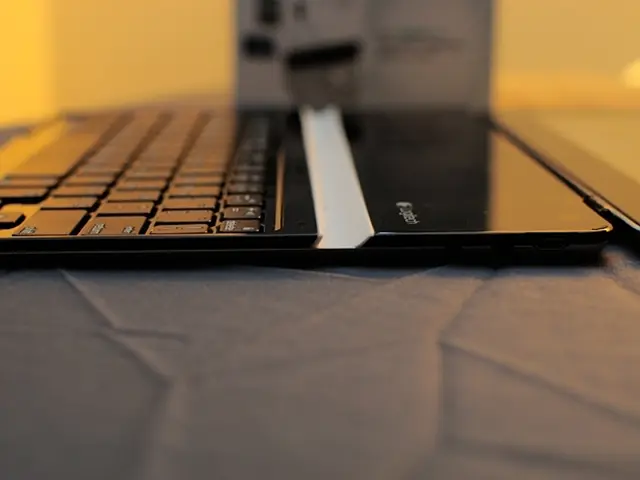Functioning of Global Positioning System Explained: GPS Simplified for Non-Experts
In the realm of modern navigation, GPS (Global Positioning System) technology has evolved significantly, offering a more accurate and reliable positioning experience.
Modern GPS chipsets determine your position based on a combination of GPS signals, new GPS bands, accelerometer input, position based on nearby WiFi and Bluetooth signals, position based on cellular signals, real-time atmospheric data and compensation, and 3D mapping of the earth's surface. This fusion of data sources ensures a consistent and precise position with every fix.
GPS, or Global Positioning System, was the first operational Global Navigation Satellite System (GNSS), launched by the United States in 1978. It consists of up to 32 satellites in medium Earth orbit, providing global coverage since 1994. Other GNSS systems include GLONASS (Global Navigation Satellite System), developed by Russia, Galileo, operated by the European Union, and BeiDou (BDS), China's BeiDou system.
Each of these systems offers independent navigation capabilities and is designed to reduce reliance on foreign GNSS systems. For instance, Galileo provides precise positioning and is intended to offer an alternative to GPS for European users. BeiDou offers services similar to GPS, supporting navigation and timing across the globe.
The newer bands, such as L5, the most efficiently encoded signal, and L1C, a "connector" signal that allows GPS to slot in more efficiently with other GNSS systems, allow signals to travel more efficiently, eliminating a good amount of interference. This means that the GPS unit can get a more reliable signal, ensuring a consistent position with every fix.
However, factors such as interference, canyons, tree cover, and buildings can degrade the accuracy of GPS. To mitigate this, it's recommended to carry your GPS unit on a shoulder strap or top pocket, giving it a clear line of sight to the sky.
For consumers, the accuracy of a GPS unit varies. Most consumer GPS units are accurate to a 16 feet radius, while newer multi-band GPS units can achieve a 6 foot accuracy regularly. If you are buying an InReach GPS device, you probably won't see GLONASS support.
Various entities have come up with ways to improve the GNSS positioning experience, such as WAAS (Wide Area Augmentation System), Satellite-based Augmentation Systems, Assisted GPS (A-GPS or A-GNSS), Differential GPS Systems, Real-Time Kinematic (RTK), and more.
To maximise accuracy, it's advisable to turn on "high accuracy" mode on Android devices, enable every-second tracking if you have that option, and turn off "smart recording" if available. For Garmin devices, enable 3-D speed and distance.
It's also beneficial to sync your GPS with your phone or WiFi before using it. The government can reduce the accuracy of a GNSS system, such as GPS, through features like Selective Availability. However, this feature has been discontinued since 2000.
In 2020, many GPS units were off due to a software error in the Sony GPS chipset that didn't account for the year having 53 weeks. This serves as a reminder that even with modern technology, occasional errors can occur.
For purpose-built outdoor GPS units, it will be tough to compete with smartphones, especially as phones get more rugged and efficient. Nevertheless, GPS technology continues to evolve, with the US launching the third generation of GPS, named GPS 3, which equates to new GPS bands for the end-user.
In conclusion, modern GPS technology offers a more accurate and reliable positioning experience, thanks to the fusion of various data sources, the use of new GPS bands, and the development of multiple Global Navigation Satellite Systems. However, it's essential to understand the capabilities and limitations of your GPS device to make the most of its features.
- Highway hikers employing modern GPS technology can benefit from the fusion of data sources, including GPS signals, new GPS bands, accelerometer input, WiFi and Bluetooth signals, cellular signals, real-time atmospheric data, and 3D mapping of the earth's surface, ensuring a consistent and precise position during every fix.
- The incorporation of technology gadgets such as GPS navigation devices and smartphones with satellite-based augmentation systems improves the science of GNSS positioning, allowing hikers to find trails more accurately, even in areas obstructed by canyons, tree cover, or buildings.
- As technology advances, hikers can look forward to using high-precision GPS units, equipped with multi-band capabilities, supporting geared devices such as InReach GPS devices, and benefiting from the third generation of GPS, offering new GPS bands, further enhancing the accuracy and reliability of hiking navigation.







